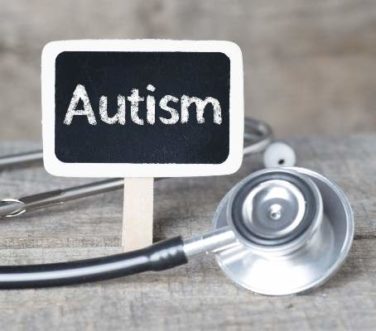AT EASD 2016
MUNICH (FRONTLINE MEDICAL NEWS) – British commercial pilots with insulin-dependent diabetes are flying safely, thanks to a rigorous protocol of hourly blood glucose monitoring during every flight.
Almost every one of the 8,897 readings reported so far has been in the safe “green zone” of 5-15 mmol/L, Julia Hine, MD, said at the annual meeting of the European Association for the Study of Diabetes.
Only 3.8% fell in the cautionary “amber” range of 4-5 mmol/L or 15-19 mmol/L. Just 0.2% (22) were in the “red” range of below 4 mmol/L or above 20 mmol/L – an occurrence that demands immediate release of airplane control to the copilot.
Reassuringly, only five of those readings occurred during flight, said Dr. Hine of the Royal Surrey County Hospital, England. The rest were taken during the preflight preparation period.
She said the 4-year data confirm that the protocol works, allowing highly skilled professionals to return to their work without compromising personal safety or the safety of those entrusted to their care.
“The testing protocol can be performed safely in the cockpit, with no safety concerns,” Dr. Hine said. “It represents an advance in patient care, showing that insulin-dependent patients can perform complex occupational duties.”
The protocol was instituted in 2012, after a consortium of commercial pilots met with diabetes specialists to create a way for certified pilots to regain their class 1 licenses after a diabetes diagnosis. It’s overseen by the U.K. Civil Aviation Authority and Irish Aviation Authority. Dr. Hine said the U.K. has the largest cadre of certified pilots who have insulin-dependent diabetes in the world. Canada is the only other country with such a program, although, she said, “There are a number of European states that have expressed interest in the program.”
In the United States, a diagnosis of insulin-dependent diabetes currently excludes pilots from flying commercial aircraft. The American Diabetes Association has been lobbying for easing of this strict FAA ban since at least 2014, stating that “the FAA’s blanket ban is not medically justified.” Specifically, the ADA favors a position in which “individual assessment of people with diabetes is the appropriate approach to determining whether a person is qualified to perform certain activities,” according to a statement.
The British protocol requires stringent pre- and in-flight blood sugar monitoring. Levels must be obtained at least 1 hour before reporting for duty and at least 2 hours before commencing a flight.
Blood sugar must be regularly measured during flight at well. For pilots using insulin, levels should be drawn every 2 hours, and for those on oral medications, every 2-4 hours. A final level must be drawn 30 minutes before landing.
Additional testing is required if the pilot experiences any symptoms related to fluctuating blood sugar. All results are read out loud, reported to the copilot and into the plane’s voice data recorder, and recorded in the pilot’s flight data record.
Levels in the amber range require the pilot to take corrective action. For low blood glucose levels, the pilot must consume 10-15 grams of carbohydrate, retest after 30 minutes, and adjust insulin. For high blood glucose levels, the pilot should review insulin dosing and modify carbohydrate intake, then retest in 45 minutes.
Readings in the red range demand immediate action, which includes handing over control of the flight, repeat testing, modifying insulin and carbohydrate intake, and retesting. The pilot may only resume duty when blood glucose returns to a green level.
There is a special protocol for pilots on insulin pumps, which are not guaranteed to function if there is a sudden loss of cabin pressure.
Dr. Hine and her colleague David Russell-Jones, MD , who is the program’s medical director, presented 4 years’ worth of data on 16 of the 26 pilots who have participated in the program. All of these pilots are otherwise healthy men with well-controlled diabetes who were deemed at low risk for glycemic events. They are an average of 40 years old with an average disease duration of 8 years. Their average HbA1c was 53 mmol/l before licensure and 54.8 mmol/l afterwards. All of the pilots have normal renal function, no retinopathy, no changes in blood pressure, and good awareness of hypoglycemia.
Among them, they have accumulated 4,900 flight hours and 8,897 blood glucose readings. Most of the flights (88%) were medium- or short-haul flights of less than 6 hours.
Even though 96% of readings fell into the 5-20 mmol/l green range, the bulk of those readings were in the range of 5-9 mmol/l. There was very little hourly variation in blood glucose levels during flights up to 6 hours, showing that the protocol is effective at establishing stable glycemia.
Right now, the program is in place only for current pilots who have a new diagnosis of diabetes. But, said Dr. Russell-Jones, it may be expanded at some point to encompass people with diabetes who wish to train to become a commercial pilot.
Neither Dr. Hines nor Dr. Russell-Jones reported any financial conflicts.
On Twitter @Alz_Gal





